
 Acesso aos anais do meeting: VIII Meeting on Cardiotonic Steroids and Na+ Pump - Anais | Doity
Acesso aos anais do meeting: VIII Meeting on Cardiotonic Steroids and Na+ Pump - Anais | Doity

Dear Colleagues and Friends,
We are thrilled to extend a warm welcome to the 8th Annual Meeting of the Cardiotonic Steroids and Na Pump, in collaboration with the Brazilian Society of Pharmacology and Experimental Therapeutic Society (SBFTE) and the Brazilian Society for Biochemistry and Molecular Biology (SBBq). The event is scheduled to take place at the Federal University of São João del Rei (UFSJ) from August 20th to 23rd, 2024.
The Na pump meeting stands as one of Brazil's most enduring scientific gatherings. Over the past decade, it has been hosted by various Brazilian institutions, serving as a pivotal platform for scientific discussions that contribute significantly to the advancement of fundamental knowledge in Na, K-ATPase biochemistry, molecular biology, and related fields. Additionally, it serves as a forum for dialogues on scientific education and training, generating consensus that can influence public policies for the betterment of society.
For this year's meeting, the organizing committee has curated an engaging interdisciplinary program, featuring lectures by esteemed foreign scientists. These sessions will delve into the latest advancements and current challenges across a broad spectrum of research topics in Biochemistry and the Molecular Na pump signaling cascade.
We eagerly anticipate your participation in this exciting scientific event and hope to see you soon in Minas Gerais!
Best regards,
Scientific Committee
Dr. Gustavo Blanco – Kansas University Medical Center, USA
Dr. John Hamlyn – University of Boston, USA
Dr. Rúben Gerardo Contreras Patiño – CINVESTAV, Mexico
Dra. Vanessa Faria Cortes - Federal University of São João del-Rei
Dr. Cristoforo Scavone - University of Sao Paulo
Dr Carlos Frederico Leite Fontes - Federal University of Rio de Janeiro, Brazil
Click on the button below to access the submission area and submit your papers
Submission area
Registration Opening
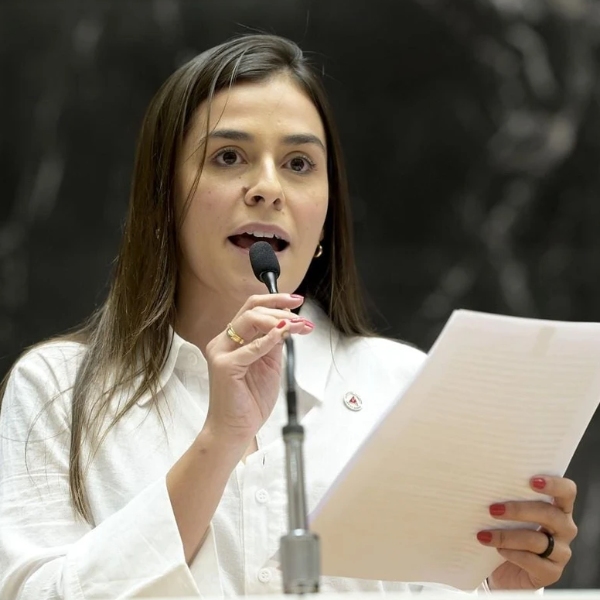
Science funding in Minas Gerais Opening · Lohanna França
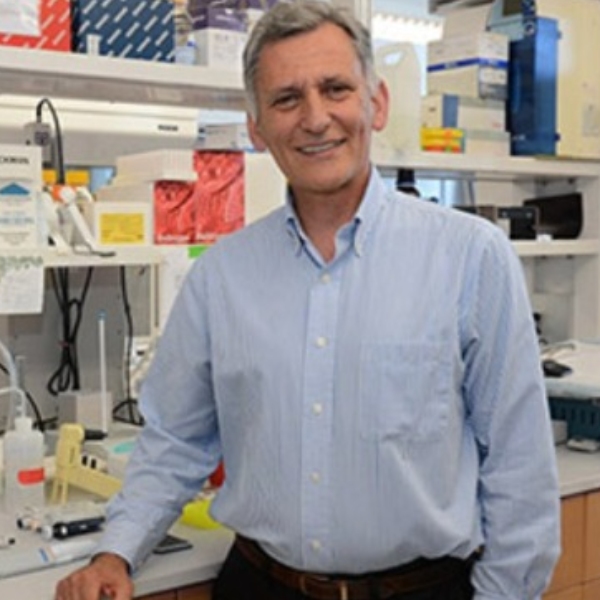
The mighty Na,K-ATPase: a lot more than ion transporter Lecture International Session · Gustavo Blanco

Welcome Cocktail Conversation wheel
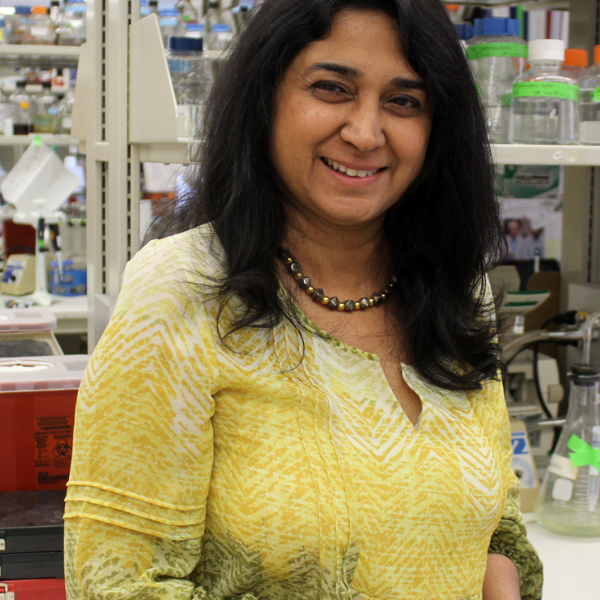
Golgi Calcium pump in Neurological Disorders Lecture International Session · Rajini Rao

Benzylidene digoxin derivatives effect on the predominant AHC mutations Lecture National Session · Vanessa Faria Cortes
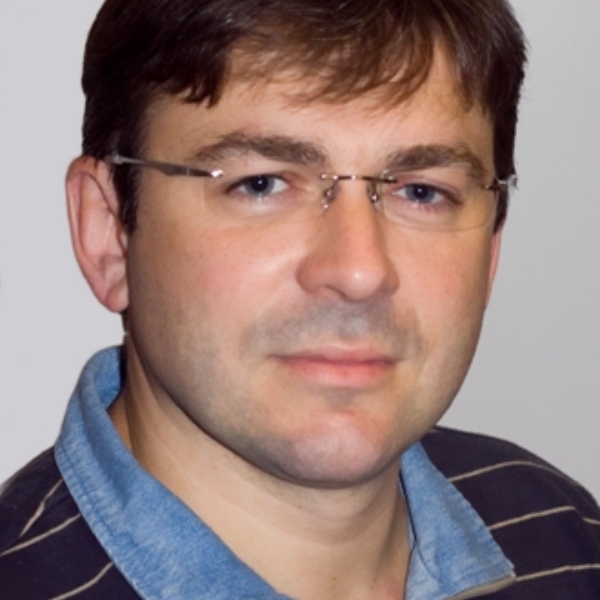
Cardiotonic steroids, sodium pumps and vascular function in health and disease Lecture International Session · Vladimir Matchkov

Lunch break Lunch
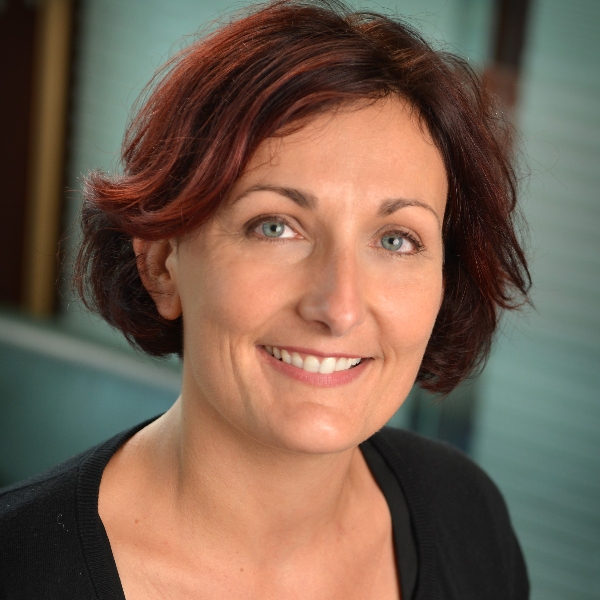
The Cardiac Na/K-ATPase Receptor Function in Health & Disease Lecture International Session · Sandrine Pierre

Clozapine response and crosstalk between astrocytes and adipocytes Lecture National Session · Júlia de Moraes Crisostomo

Coffee Break Coffee break

Flash Talk Session Panel

Poster Session Exhibition

Ouabain and endogenous ouabain in pregnancy and preeclampsia Lecture International Session · John Hamlyn
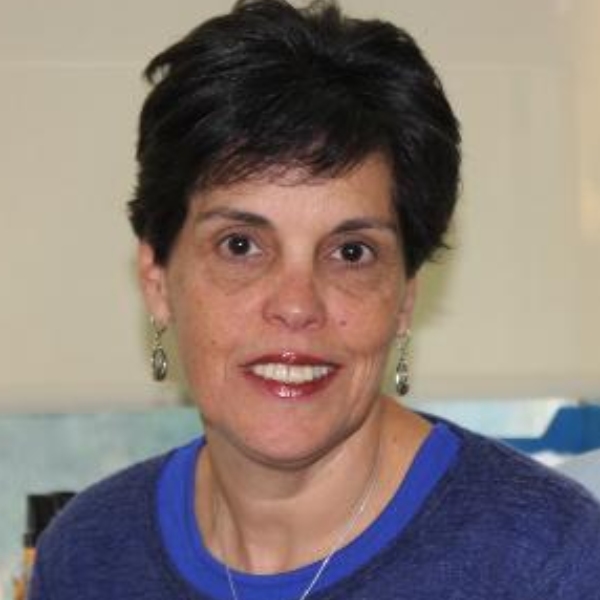
New insights on cell-cell adhesion mediated by AMOG/ß2 subunit of Na,K-ATPase Lecture International Session · Liora Shoshani
Cultural Activity (More Information soon!) Experience

Clinical and genetic overview of ATP1A3-related disorders Lecture International Session · Ganeshwaran H. Mochida
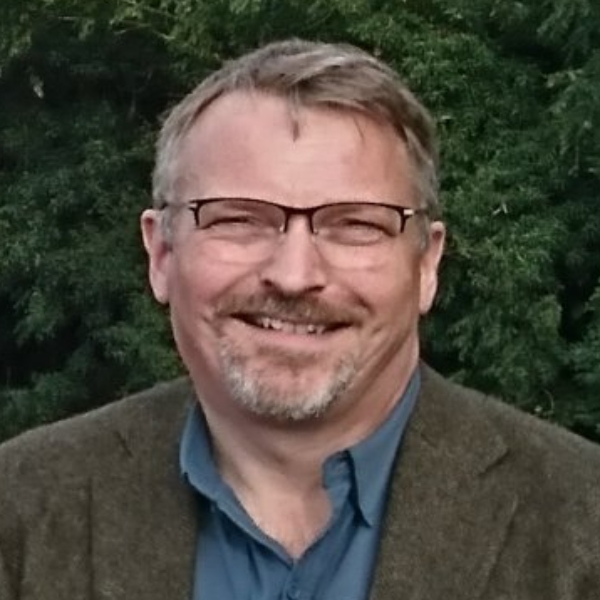
Can two wrongs make a right? Rescue of deficits in Atp1a3-D923Y mice by a second-site mutation Lecture International Session · Steven Clapcote

Human neuron models of ATP1A3 dysfunction Lecture International Session · Alfred L. George
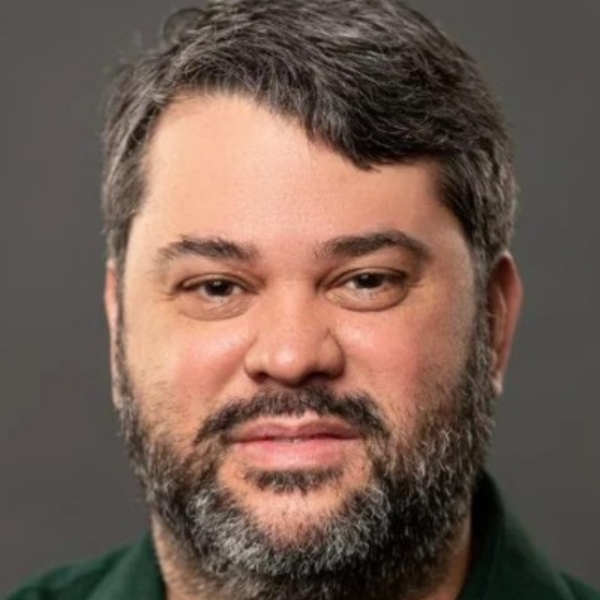
Iron effect on Na,K-ATPase activity Lecture National Session · Leandro Augusto de Oliveira Barbosa

Lunch break Lunch
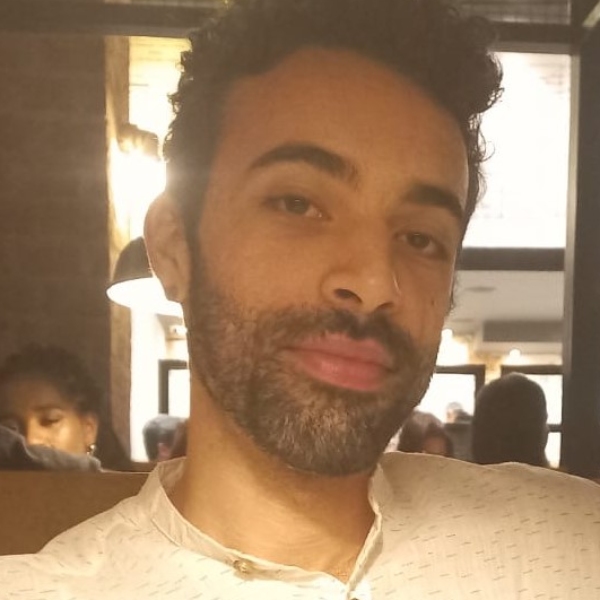
Conformational states of Na/K-ATPase differently affect bufadienolides and cardenolides interaction Lecture National Session · Pedro Azalim
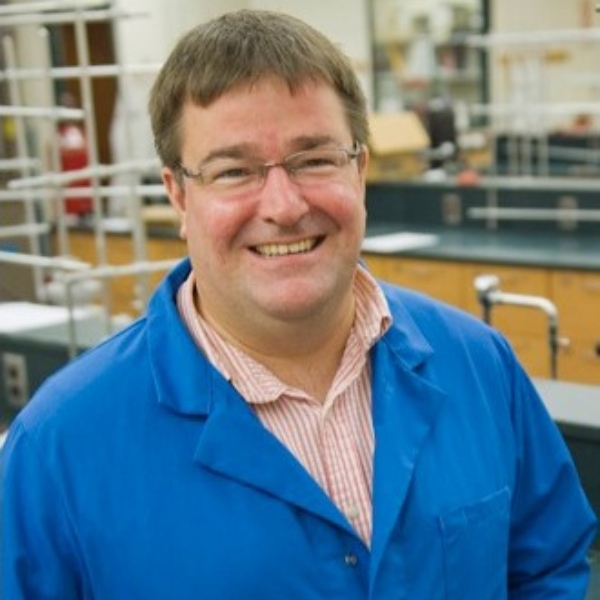
De novo synthesis and medicinal chemistry of the cardiac glycoside Lecture International Session · George O’Doherty

Coffee Break Coffee break
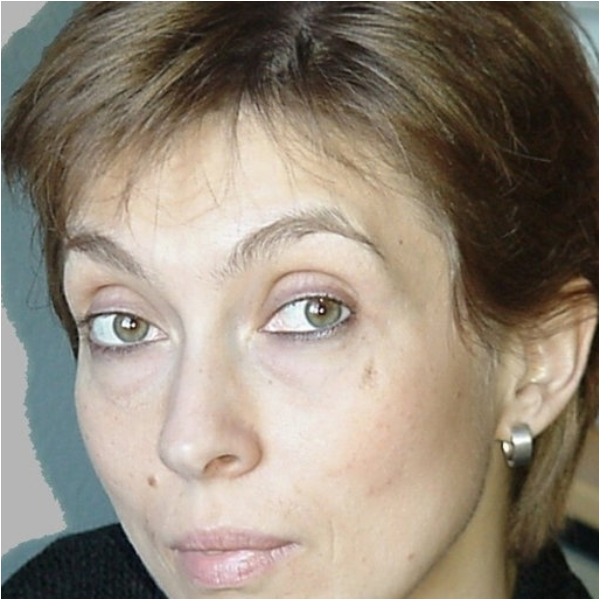
Cardiotonic steroids – poisons or remedies? Seeking for the structural determinants Lecture International Session · Natalya Fedosova

New ouabain derivatives for blocking Na,K-ATPase signaling in polycystic kidney disease Lecture International Session · Gustavo Blanco

Concluding Remarks Closure
Praça Frei Orlando, 170
, São João Del-Rei - MG
Please describe below the reason for your complaint.
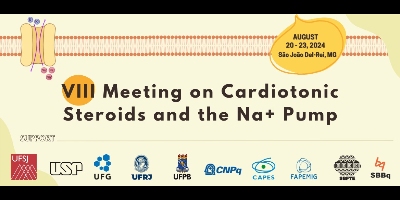
Dr. G. Blanco obtained his MD and PhD degrees from the Faculty of Medicine, National University of Cordoba, Cordoba, Argentina. As a Fellow of the National Council of Scientific Investigations of Argentina he conducted his Doctoral Thesis at the National University of Cordoba, which received the Award of the Medical Faculty. He served as Instructor at that University, first in the department of Physiology from 1982-1986 and then in the department of Biochemistry from 1986 to 1990.
Between 1990 and 1995 he performed his postdoctoral training at the department of Cell Biology and Physiology in Washington University School of Medicine in St. Louis (MO), USA. In 2000 he was appointed Assistant Professor at the Department of Molecular and Integrative Physiology in Kansas University Medical Center. He raised through the ranks, becoming promoted to Associate Professor in 2006 and to Professor in 2012. Currently, Dr. Blanco serves as the Kathleen M. Osborn Chair of the department of Molecular and Integrative Physiology. He also serves as the Director of the Mentoring Core for the Kansas IDeA Networks of Biomedical Research Excellence (K-INBRE).
Dr. Blanco has published more than 70 original research articles in international journals. He has maintained an active research program funded mainly through the National Institutes of Health, the National Science Foundation and the American Heart Association. For his research efforts, he received the Distinguished alumni Award, University of Cordoba, Cordoba, Argentina and the The Margrethe Moller Award from the University of Aarhus, Denmark. Dr. Blanco has been heavily involved in teaching and has received a series of awards and distinctions for his educational efforts, including the Student’s Teaching Award, the University of Kansas W.T. Kemper Fellowship for Teaching Excellence, the Chancellor’s Distinguished Teaching Award, University of Kansas Medical Center and the The University of Kansas Bohan Teaching Award. He has co-authored with Antonio Blanco the “Medical Biochemistry” book, which has been published in both English and Spanish.
Education and Training
MD,., Univ. Nacional de Cordoba, Córdoba, Argentina
Post Doctoral Fellowship, Department of Cell Biology and Physiology. Washington University, School of Medicine
Dr. Rajini Rao is a professor of physiology at the Johns Hopkins School of Medicine. Her area of research expertise is studying the roles of intracellular ion transport in health and disease. She serves as the director of the graduate program in cellular and molecular medicine and the director of the Center for Membrane Transport at the Johns Hopkins School of Medicine.
Dr. Rao received her undergraduate degree in chemistry and biology from Mount Carmel College in Bangalore, India. After receiving her Ph.D. in biochemistry from the University of Rochester in 1988, she spent five years as a postdoctoral fellow in the laboratory of Carolyn Slayman at Yale University. She arrived at Johns Hopkins in 1993.
One of her lab's many accomplishments is the discovery of an oncogenic role for SPCA2 in breast cancer, opening a new chapter in the study of this isoform. Currently, Dr. Rao's lab researches the roles of intracellular cation transport in human health and disease using yeast as a model organism.
Her academic activities are divided equally between education, mentoring and research. As the director of the graduate program in cellular and molecular medicine, she oversees a multi-departmental training program that includes approximately 130 faculty mentors and 150 graduate students. She is a faculty mentor in other graduate programs at the School of Medicine (biochemistry, cellular and molecular biology; cellular and molecular physiology) where she teaches, direct courses and holds small group discussions. She has mentored more than 20 graduate students and postdoctoral fellows in her lab, many of whom have won national awards and independent fellowships.
As part of her long-standing effort to improve the representation of minority groups at all levels of academia, Dr. Rao has participated in numerous diversity committees and panels. She served on the admissions committee for the summer internship program at the Johns Hopkins School of Medicine, which offers research experience to students of diverse background. She has also hosted at least one underrepresented minority student in her laboratory every year.
PhD, DMSc and Professor Vladimir Matchkov, born in 1972 and raised in Russia, has been fascinated by cardiovascular physiology since upper secondary school, and the focal point of his research is therefore to find answers to the question above.
Unlike most of the other organs, our brains have no energy depots. The functioning of our brain cells and the very existence of these is therefore dependent on the appropriate amount of oxygen and nutrients being supplied along with the blood.
"This is only possible in a close collaboration between nerve cells and blood vessels, and takes place in both directions. That’s to say that the blood supply can affect the activity of the nerve cells, while the nerve cells determine their blood supply, so that it corresponds to their activity level," explains Vladimir Matchkov.
This interaction is called neurovascular coupling – and what this means is something that the researchers know a lot about; but what they know less about is the signal paths between nerve cells and blood vessels. The development of modern brain imaging techniques has contributed to understanding that blood vessels in the brain play a crucial role in neurological disorders. The next step for Vladimir Matchkov will be to characterise the signal paths that are responsible for neurovascular coupling and its pathological changes.
"We need to look at the brain as a complex vital organ whose function is not only a product of the activity in the nerve cells, but that the blood vessels also make an active contribution," he says.
And this is precisely why Vladimir Matchkov is working to establish collaboration between neuro- and metabolism researchers.
"I want to see blood vessels as an integrated part of the brain function, which can be just as important for neurological disorders as dysfunction in the nerve cells. I’m working on developing and implementing the neuro-vascular signal paths in new treatment strategies in diseases such as migraine, strokes, Alzheimer's, high blood pressure and diseases associated with diabetes," he adds.
Vladimir Matchkov’s research has received support from a number of research foundations and has also won awards from the European CardioVascular Research Council and at a number of international meetings and congresses.
Exploring new regulatory mechanisms in cardiovascular and renal physiology
How do membrane Na+/K+-ATPases regulate cellular function and change with disease?
The integrity of Na+/K+-ATPase protein complexes at the cell membrane is critical for the maintenance of ion homeostasis. It is also key to adequate initiation and transduction of signaling by cardiotonic steroids and subsequent developmental, physiological, and pharmacological effects.
We utilize genetic approaches and preclinical animal models, as well as cultured cell lines to understand the molecular mechanisms of Na+/K+-ATPase receptor function and develop novel approaches for therapeutic interventions in major renal and cardiovascular diseases such as hypertension, myocardial infarction, and heart failure.
Dr. Barbosa has expertise in the study of biochemistry and physiology evaluation of the involvement of the Na,K-ATPase in health and disease, such as cancer and hematological diseases. During the course of his career, he has published 70 manuscripts in peer-reviewed journals and written 2 book chapters, with an H index of 12 and more than 370 citations. His level of excellence in teaching and research can be attested from: 1) The international recognition he received by winning the 2016 New Investigator Award of The American Physiological Society – Cell and Molecular Physiology Section – of which he was the first scientist working outside the United States to be awarded; and 2) From the research productivity fellowship award which he received from the CNPq (Brazilian equivalent to the NIH), that has the objective of recognizing and valuing the work of highly productive scientists invested in advancing scientific knowledge and technological innovation.
My early works was to study the involvement of the Na,K-ATPase in hematological diseases. Particularly, how the irradiation modulates the activity of the Na,K-ATPase. In blood bank, as a normal procedure, red blood cells are irradiated before transfusion for some diseases. Also, the involvement of the Na,K-ATPase in iron overload and hemochromatosis diseases were not studied. We discovered the inhibition timeline of the Na,K-ATPase for irradiated red blood cells, and that information could be important for new guidelines to storage blood bags in hemotherapy units. In iron overload, we discovered that iron is a potent modulator of the Na,K-ATPase that leads to an increase of the activity in red blood cells of patients with this disease.
Now my focus is to screen new synthetic cardiotonic steroids for cancer treatment and neurological disorders as ischemia and neuroinflammation. The problem with cardiotonic steroids is the narrow therapeutic index that increases the cytotoxicity for normal cells. Also, the different tissue isoforms of the Na,K-ATPase are a challenge for the specificity of this pharmacologic group. In my studies I demonstrated that non-conventional cardiotonic steroids are interesting to pharmacologic utilization, because it is possible to achieve specificity of binding with Na,K-ATPase isoforms and trigger of signaling events, leading to a unexpected effect on the Na,K-ATPase, different from the traditional one (e.g. digoxin, digitoxin and ouabain).
I received my Ph.D. in Biochemistry in 1979 from the Glasgow Caledonia University. From 1979-1981, I was a postdoctoral fellow in Alan Senior's laboratory in the Department of Biochemistry at the University of Rochester, NY. There, I worked on the biochemistry of pancreatic bicarbonate secretion. Subequently, I switched from pure biochemistry to physiology because of an interest in the mechanisms underlying high blood pressure. I came to the Department of Physiology at the University of Maryland to work on that problem. My work led to the discovery of endogenous ouabain and its role in long term blood pressure regulation and I was fortunate to be involved with work going from molecules through to clinical studies. My lab is now focused primarily on the role of ouabain in acute kidney injury in both experimental studies and clinical trials. Most recently, and in parallel, I developed an interest in the distribution of various chemical entities including including ouabain, aldosterone and opiates in the brain.
Currently, I am a Professor, a full member of the Graduate School, and a faculty member of the NIH training program in Integrative Membrane Biology.
The establishment of fluid compartments with different compositions is particularly important in the development and maintenance of multicellular organisms. Epithelial cells cover the surfaces of higher organisms and form the interface of interaction with the environment. These cells have a plasma membrane divided into different regions, a property known as polarity, and they also contact each other in a special way (adhesion). We are particularly interested in the mechanisms that cause a cell to polarize (apical-basolateral) and associate with neighboring cells (cellular contacts), specifically understanding how they make contact, express pumps and ion channels of a given type, and where they are located. The model protein in the laboratory is the sodium pump (Na+,K+-ATPase). The Na+,K+-ATPase is an ion transporter that plays a central role in maintaining the sodium gradient responsible for transporting virtually all nutrients and metabolites. In epithelia, Na+,K+-ATPase is enriched in a specific domain of the cell membrane, the basolateral domain.
In past years, we have found evidence that the polarized expression of Na+,K+-ATPase is due to certain molecular properties of its beta subunit (the β1 isoform). Our experiments have shown that the β1 subunit functions as a recognition and adhesion molecule in epithelia. Currently, we are expanding the characterization of homotypic adhesion between β1 subunits of neighboring epithelial cells. Through in silico analysis and directed mutations in the protein, we have located possible interaction surfaces and are now interested in crystallizing β-β dimers and resolving their structure.
The second isoform of the beta subunit, β2, which is mainly expressed in neuronal glia, functions as an adhesion molecule (AMOG). In recent years, we have generated molecular tools to characterize the adhesion of the β2 subunit. With these tools, we have shown that unlike β1, β2 is a heterotypic adhesion molecule. However, it is still unknown what its ligand is in neurons. Our current studies focus on trying to identify a neuronal surface molecule that can bind to the β2 subunit on the surface of glia. On the other hand, cell adhesion molecules play a fundamental role in the growth and progression of glial tumors. It has been shown that the functions of the adhesion molecule in glia (AMOG) in glioma cells correlate with tumorigenesis: decreased expression of AMOG correlates with the degree of malignancy. We are interested in studying this correlation in depth with the idea that the β2 subunit may be a therapeutic target for tumor progression.
Our experimental approach is interdisciplinary; we employ a variety of techniques in cell biology (tissue culture, confocal immunofluorescence); biochemistry (immunoprecipitation, gel electrophoresis, immunoblotting, pull-down); molecular biology (cloning, sequencing, PCR, plasmid construction and transfection, expression in eukaryotic and prokaryotic cells); physiology (measurements of transepithelial electrical resistance); and in silico analysis (protein modeling, docking, molecular dynamics simulations).
I obtained my PhD from the University of Liverpool before undertaking postdoctoral appointments at the University of Oxford (Jesus College, 1998-2002), Mount Sinai Hospital, Toronto (2002-2007) and the University of Edinburgh (2007-2008).
My research group focuses on the identification, characterisation and validation of novel drug targets for the treatment of chronic CNS diseases. We identify disease-associated mutations in DNA samples from human patients, and then study their phenotypic effects and test novel treatments in animal models. The goal is to understand the molecular basis of these diseases, and thereby aid the development of improved therapies.
I have a bachelor's degree in Nursing and Obstetrics from the Federal University of Rio de Janeiro (2001), a master's degree in Biochemistry from the Federal University of Rio de Janeiro (2003), and a PhD in Biochemistry from the Federal University of Rio de Janeiro (2007). I also completed a postdoctoral fellowship at the Viral Hepatitis Laboratory at FIOCRUZ-RJ (2014). I am currently an Associate Professor at the Federal University of São João Del-Rei and a postdoctoral researcher at the Kansas University Medical Center (Department of Molecular Physiology). My research focuses on Na+,K+-ATPase, hormonal signaling, FXYD2 and cancer, and Cardiotonic Steroids.
Proficient in drug discovery, screening and structure-activity relationship through the implementation of biochemical and molecular experiments, including the analysis of binding and inhibition progression curves, and the effects of temperature on the rate and equilibrium constant of drug-target interactions (Thermodynamics). Possess expertise in enzymatic characterization, membrane protein preparation, and in study of cellular effects and signalling pathways. Additionally, has experience in utilizing computational models such as molecular modelling, docking, and molecular dynamics, and has intermediate abilities on programming with python, C++ and VBA.
Dr. George has been a pioneer in elucidating the genetics and pathogenesis of channelopathies - disorders caused by mutations in ion channel genes. His work focuses on genetic disorders caused by voltage-gated ion channel mutations that are responsible for disorders of membrane excitability including diseases affecting muscle, heart and brain that result in abnormal muscle contraction, cardiac arrhythmias, sudden death, epilepsy and related neurodevelopmental disorders. Dr. George has been involved from the beginning of the channelopathy field making enduring contributions to revealing the molecular genetic basis for several disorders, elucidating the functional consequences of dozens of mutant ion channels and helping to translate discoveries into new therapeutic strategies for these orphan diseases.
My research group has been working in two related areas of organic synthesis: carbohydrate synthesis and natural product synthesis. The unifying theme that connects our research in these two areas is our method of synthesis (asymmetric catalysis) and target selection (anti-cancer, anti-viral and anti-microbial agents). A recurring theme in the group’s synthetic approaches to both types of targets is our reliance on asymmetric catalysis for the control of asymmetry. Fundamental to our approach is the development of highly efficient routes that transform, via catalysis, inexpensive achiral starting materials into enantiopure products, which are poised for the conversion into complex molecules with biologically relevant properties (i.e., enantioselective synthesis of a new “chiral pool” via asymmetric catalysis). Recently, we have found that these approaches have matured to the point where we have developed enantioselective routes to these complex molecules in sufficient quantities that are amenable for biomedical investigations with the ultimate goal of developing new therapeutics for the treatment of cancer and related infections diseases.
Dr. Natalya Fedosova obtained her Ph.D. degree in Biochemistry from Moscow State University in 1990. As a research scientist at the Department of Biochemistry, Moscow State University, she started working on the kinetics of the Na,K-ATPase. In 1992 she received postdoctoral fellowship from the Danish Research Academy for her stay in the Institute of Biophysics, Aarhus University, Denmark. She got a tenure-track position at the same place and in 2002 became an Associate Professor at the Department of Biomedicine, Aarhus University, Denmark. The main research interests of Dr.Fedosova are within structure-functional relationships of the P-type ATPases, primarily of the sodium pump (Na/K-ATPase). Among major achievements are the crystal structures of the Na,K-ATPase, both in E1 (a Na-occluded) and E2P (BeFx-complex) states as well as complexes with different cardiac glycoside drugs, published in 2013 - 2022. The focus of the present research is on structure-function relationships of cardiac glycosides and differences between cardenolides and bufodienolides in their interactions with the Na,KATPase. Over the years Dr. Fedosova’s work received financial support from several Danish Science Foundations. She has been a member of The Centre for Membrane Pumps in Cells and Disease, Center of Excellence, for 10 years funded by The Danish National Research Foundation.
Dr. Fedosova has 85 publications in peer-reviewed journals.
Lohanna França, born on January 1, 1995, is a Brazilian teacher, feminist activist, and politician affiliated with the Green Party (PV). She currently serves as a state deputy for Minas Gerais, elected with 67,178 votes. She graduated in Biochemistry from the Federal University of São João del-Rei (UFSJ) and worked as an English teacher at Wizard Language School and Anglo School in Divinópolis from 2018 to 2020. She began her activism at university as part of the Student Movement at UFSJ.
In May 2020, still working as a teacher, she announced her pre-candidacy for city councilor in Divinópolis by the Citizenship Party (Cidadania). Selected by RenovaBR, a political training school, she became the youngest woman to hold the position of councilor in Divinópolis and the most voted in the city's history, at the age of 25, with 5,462 votes. In 2021, she was elected as the outstanding woman in the field of Politics and Community, in an open vote promoted by the Agora Newspaper. During her term as councilor, she stood out for the Menstrual Dignity Project, which collected over 10,000 units of sanitary pads for donation to women in social vulnerability.
In June 2022, she announced her pre-candidacy for the Minas Gerais State Legislative Assembly with the PV, aiming to extend her political agenda, including Education, the Environment, Culture, and feminist issues, beyond Divinópolis. In the election on October 2, 2022, Lohanna was elected as the 35th most voted State Deputy in Minas Gerais with 67,178 votes, being the most voted PV deputy in the state.
Ganeshwaran H. Mochida, M.D., M.M.Sc. is a Principal Investigator in the Division of Genetics and Genomics at Boston Children’s Hospital and Assistant Professor of Pediatrics at Harvard Medical School. He is a native of Tokyo and graduated summa cum laude from Keio University School of Medicine. After his pediatric internship at Keio University Hospital, Dr. Mochida moved to Boston and completed residency training in pediatric neurology at Massachusetts General Hospital. Subsequently, his postdoctoral research training was in the laboratory of Professor Christopher A. Walsh at Beth Israel Deaconess Medical Center. He also completed the Clinical Investigator Training Program at Beth Israel Deaconess Medical Center and Harvard-MIT Division of Health Sciences and Technology, and received a Master of Medical Sciences degree from Harvard Medical School. He established his research laboratory in the Division of Genetics and Genomics at Boston Children’s Hospital in 2013.
Laboratory Projects
Bachelor's degree in Biochemistry from the Federal University of São João del-Rei - Campus Centro-Oeste, Dona Lindu (UFSJ - CCO). During her undergraduate studies, she was a student in the Cellular BiochemistryLlaboratory, under the guidance of Professors Prof. Dr. Leandro Augusto de Oliveira Barbosa and Prof. Dr. Herica de Lima Santos, where she received a scholarship from the PIBIC/CNPq program, acquiring knowledge in neuroinflammation, oxidative stress, Na,K-ATPase, cell culture and bioassays. She was also a volunteer student in the Tutorial Education Program - PET Biochemistry, and a volunteer monitor of Cellular Biochemistry. She is currently a master's student at the Neuroproteomics Laboratory (LNP) under the guidance of Professor Doctor Daniel Martins-de-Souza, in the Molecular and Morphofunctional Biology program at the State University of Campinas (Unicamp).